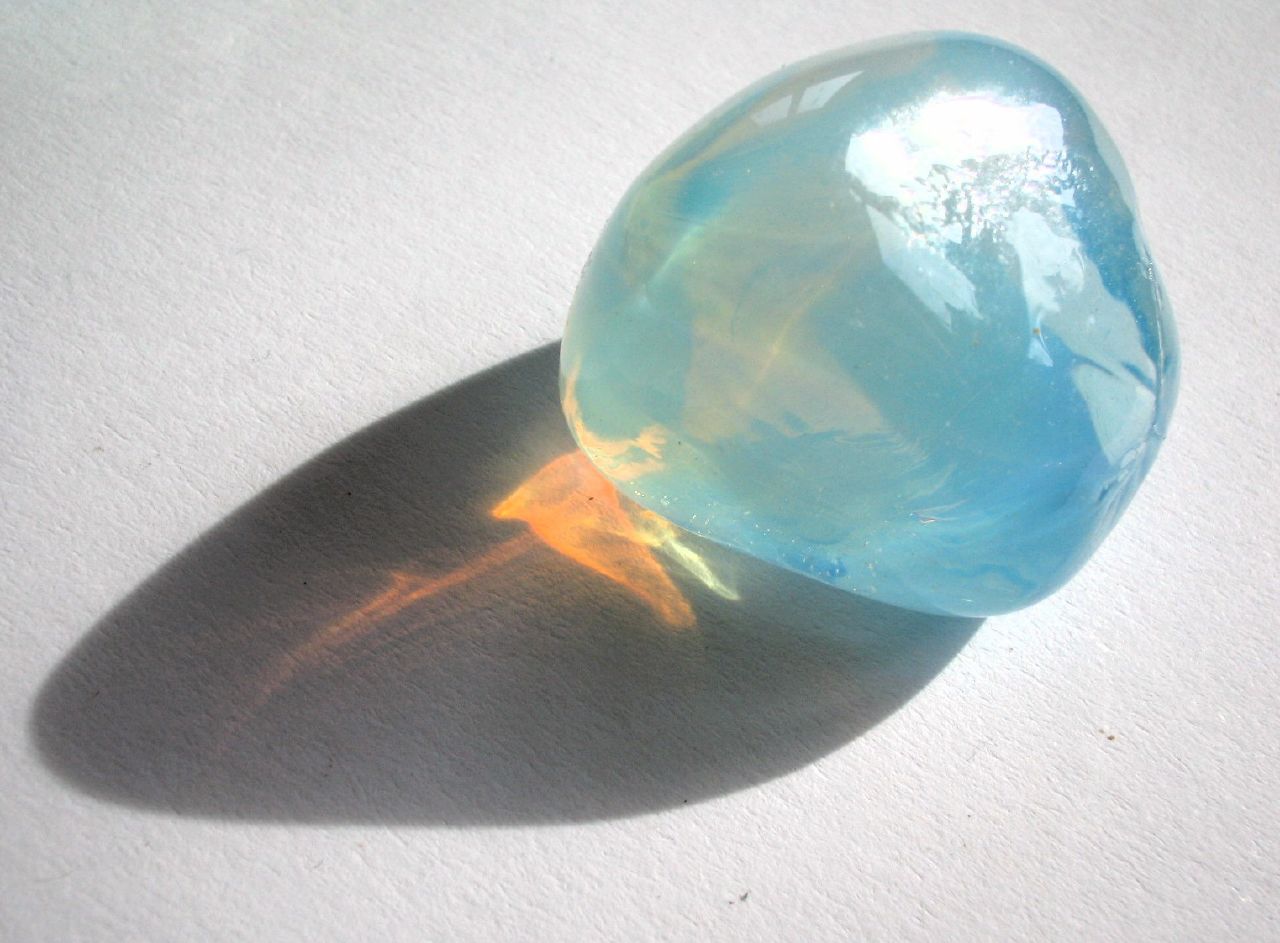I was going through the absorption and reflection phenomenon of light and this question struck my mind as I was walking through the light filters. Why does orange filter not appear bluish if it transmitts orange light and reflects all other lights except orange?
1 Answer
There are actually two major types of filters:
- Absorption filter
A piece of orange glass (like in a photo camera filter), for example, is an absorption filter. It absorbs higher frequency light, and doesn't absorb much the red-orange frequencies. The result is that due to the usual, Snell's reflection these are reflected, but due to transparency of the glass they are also transmitted.
Here's an example of a photographic absorption filter:
- Reflection/scattering filter
Some kinds of opalescent glass, on the other hand, look orange when you look at a white light through a sample, but when viewed from the side, it's blue. This is exactly what you expect. Same result will be with an interference filter, which, instead of scattering the unwanted wavelengths, specularly reflects them.
Here's an example of the opalescent glass:
-
$\begingroup$ There's a nice photo of some interference filters (including an orange one) at the top of this article: en.wikipedia.org/wiki/Dichroic_filter $\endgroup$– PM 2RingCommented Mar 17, 2020 at 21:11
-


